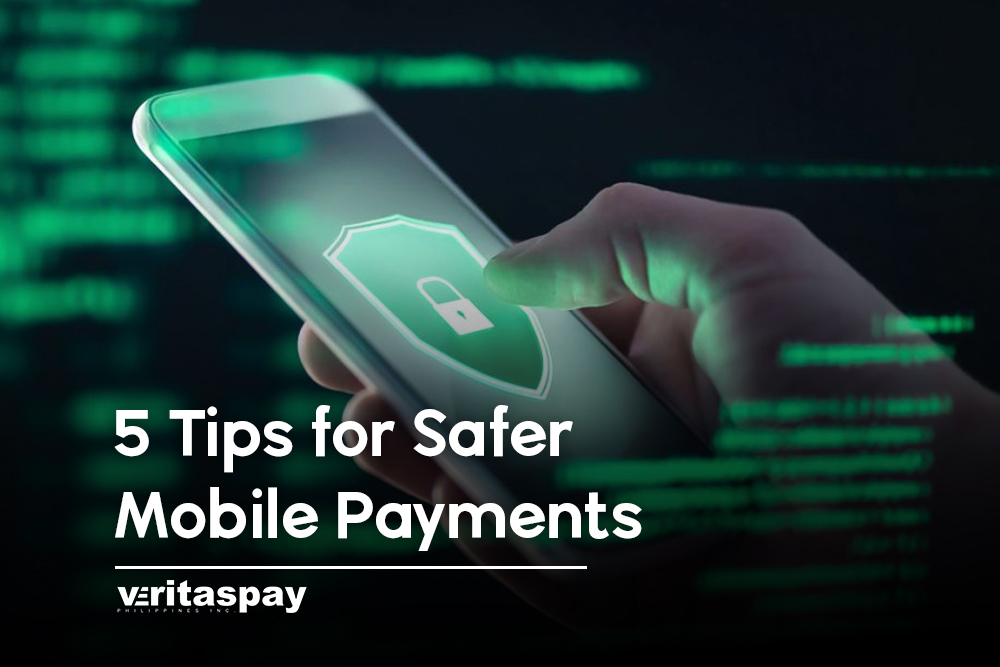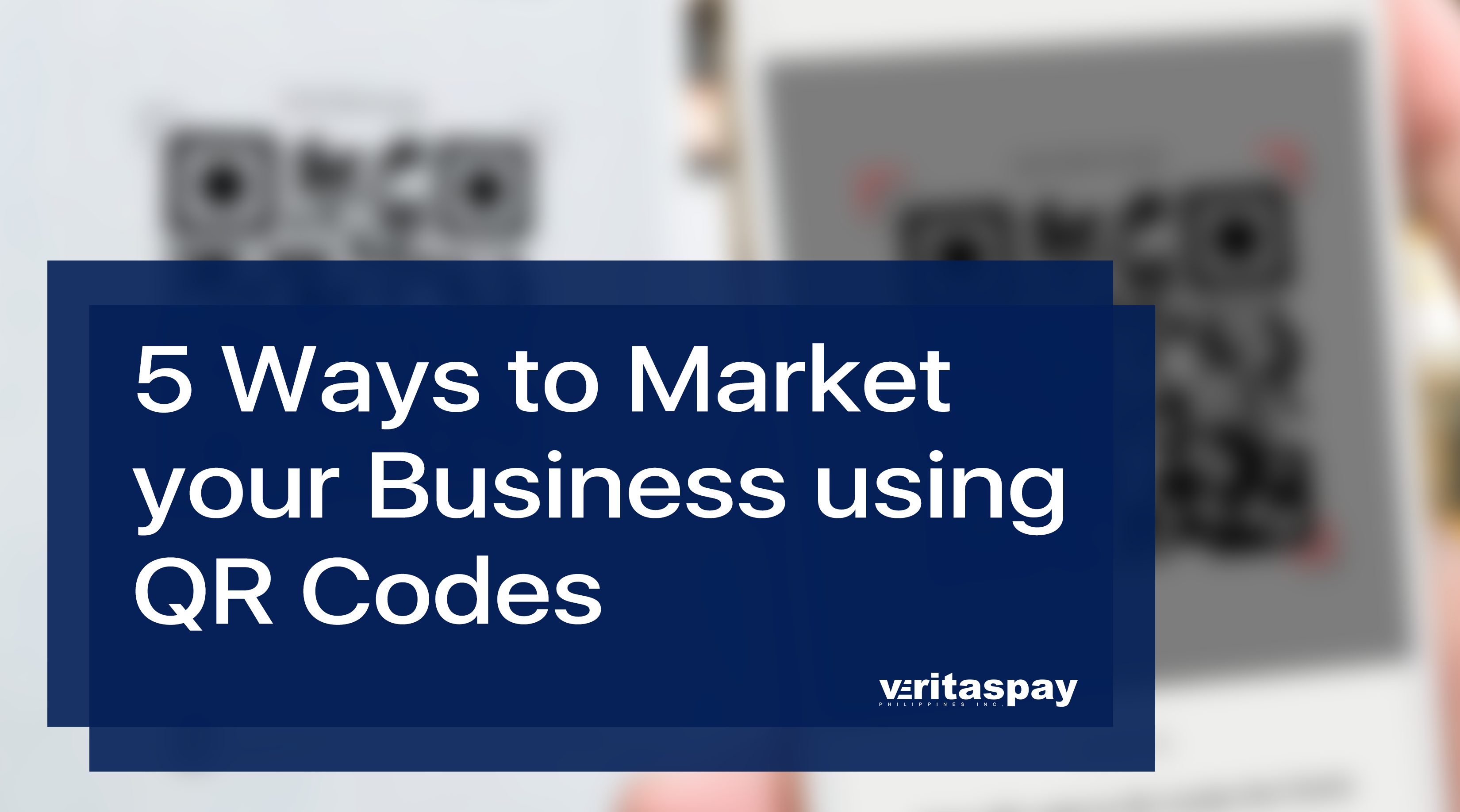5 Tips for Safer Mobile Payments
by Je Yaranon on May 2021

Before we proceed, let’s first refer to Investopedia.com for a quick and simple definition of mobile payment: A mobile payment is a money payment made for a product or service through a portable electronic device such as a tablet or cell phone.
The rise of mobile payments is part of the wave of changes within the past year or so. It’s not just due to the need of physical distancing, though, since there’s no denying that it’s simpler and easier than the traditional processes. With or without the pandemic, smartphones were bound to become a valuable tool for digital transactions.
All that, of course, has generated more attention from hackers, whose schemes are growing more complicated with every turn. Moving forward, we can probably expect mobile payment technology and cyberattacks to clash as both sides get more modernized and try to up their game to counter each other.
But what about the users? What precautions can we do? There are tons, but here’s a few to always take note of:
Use a strong password
It’s pretty basic but you’d be surprised how others overlook password protecting their phones. In setting passwords, though, whether it’s a PIN, pattern, or a standard password, be sure to use a particularly strong, borderline complex passcode.
Go beyond using cliché passwords, like password or 0000. It can be easily recognized by “shoulder-surfers,” and you can be victimized in no time.
Don’t send sensitive information on a public WiFi
Enjoy public WiFis as much as you want. Free stuff is great. Here’s one key reminder, though: don’t even think about using it to send sensitive information, like passwords, bank details, etc. Keep in mind that any information that are sent through a public WiFi can be obtained by anyone who can access the connection, and that can be literally anyone.
If you need to pass sensitive information, always use your WiFi at home or your mobile data. If both choices are not available, at least install a VPN (Virtual Private Network).
Check if the online merchant is legit
Aside from doing your usual due diligence when researching a merchant, like checking store and product reviews, make sure the online merchant’s website address/URL has HTTPS (Hypertext Transfer Protocol Secure) - it’s as a widely-used setting that secures communication and other data between certain parties. Not having HTTPS doesn’t mean automatic trouble, but without such a setting, payment information can be viewed by anyone.
Beware of links
This is one of the most common ways hackers use to disseminate malware, and they’re getting better at camouflaging malicious links. Just remember to be very, very, meticulous before clicking any link, regardless of where you got it - SMS, email, website, etc
Make sure your apps are trustworthy
Fraudulent apps are everywhere, and much like links, it’s hiding in plain sight and hackers/scammers are getting better and better at masquerading their true intent.
Here are three quick ways to check if the app is legit:
1. The reviews are, at the very least, 90% great.
2. It is verified by the App Store/Play Store
3. The items in the permissions list are all reasonable – this is where the app will ask to access your camera, contact list, gallery, etc
Mobile payment provides convenience to everyone, and you’ll especially experience the good when you are fresh-off the traditional methods - it’s suddenly 10x faster and easier. Hopefully, though, we’re not forgetting that the risks are greater if we get too complacent.
As VeritasPay continues to provide high-quality payment solutions and promote cashless transactions, the company is also dedicated in bringing in fresh and informative content. We’ll be continuing to share new articles about our products, services, and varying subjects within the industry as we move forward.
Contact us here to know more.
Related Articles

